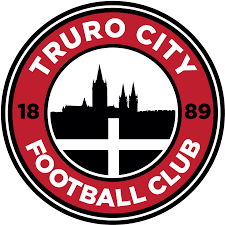The Journey of Jordan Henderson: From Liverpool to New Challenges

Introduction
Jordan Henderson, a prominent figure in English football, has made significant strides in his career, particularly during his tenure at Liverpool FC. His leadership on the field and his remarkable skills have solidified his status not only among fans but also within the football community. The recent changes in his career trajectory, including his transfer to Al-Ettifaq, highlight the evolving landscape of football and the role of players beyond European leagues.
Career Highlights
Henderson began his professional journey with Sunderland AFC, where he debuted in 2008 before moving to Liverpool in 2011 for a fee reported to be around £20 million. Over the years, he evolved from a young talent into a key player, eventually being appointed as Liverpool’s captain in 2015. Under his leadership, the club experienced a renaissance, culminating in their first Premier League title in 30 years during the 2019-2020 season, along with several domestic and international trophies, including the UEFA Champions League.
Henderson’s playing style is marked by his incredible work rate, tactical awareness, and ability to inspire those around him. More recently, the player made headlines for his transfer to Al-Ettifaq earlier this season, which sent ripples across the football community due to the financial implications of players moving to less traditional leagues.
The Move to Al-Ettifaq
In July 2023, Henderson signed with Al-Ettifaq in Saudi Arabia, signalling a new chapter in his career. The transfer is significant not just for the player but for the growing trend of established football stars moving to leagues outside Europe, enticed by lucrative contracts. Henderson’s decision has sparked discussions about the motivations behind such moves, weighing financial stability against competition and career legacy.
Reactions and Implications
The reaction to Henderson’s transfer has been mixed. While some supporters appreciate his pursuit of new opportunities, others have expressed disappointment, viewing it as a departure from competitive European football. The implications extend to a wider evaluation of competitive balance in football, raising questions about player loyalty, the potential dilution of talent in traditional leagues, and the future structure of global football.
Conclusion
Jordan Henderson’s career reflects the dynamic nature of football today, as players navigate personal ambitions and changing landscapes within the sport. His move to Al-Ettifaq may redefine his legacy in ways yet to be seen, underscoring the increasingly interconnected world of football. As fans and analysts watch his journey unfold, it remains clear that Henderson’s influence will resonate beyond his playing days. The ongoing implications of such transitions will shape the future of football, offering insights into how clubs and players will adapt to an ever-evolving environment.









